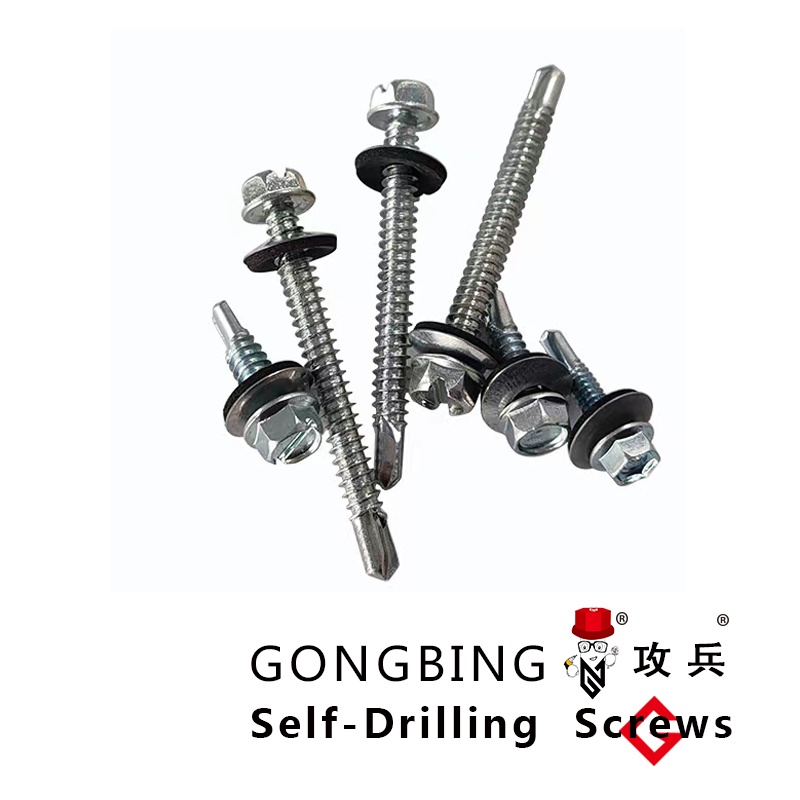anchor loose bolt
Understanding Anchor Loose Bolts Causes, Impact, and Solutions
In the world of construction and engineering, ensuring structural integrity is paramount. One often overlooked yet critical aspect is the condition of anchor bolts. These essential components secure fixtures to solid surfaces, providing stability and strength. However, the phenomenon of anchor loose bolts can compromise the safety and effectiveness of a structure if not addressed promptly. This article delves into the causes, impact, and potential solutions for dealing with loose anchor bolts.
Causes of Loose Anchor Bolts
Several factors can lead to loose anchor bolts. A primary cause is inadequate installation. If bolts are not tightened to the correct torque, they can become loose over time due to vibration and thermal expansion. Additionally, environmental conditions such as moisture and temperature fluctuations can affect the tension of the bolts and the integrity of the materials they are anchored in.
Material fatigue is another significant contributor. Over time, continuous stress and strain can cause the material surrounding the anchor to give way, leading to a loss of grip and stability. Furthermore, corrosion can weaken the bolts, especially in environments exposed to saltwater or chemicals, worsening the risk of loosening.
Impact of Loose Anchor Bolts
The implications of loose anchor bolts can be severe, ranging from minor inconveniences to catastrophic failures. In the short term, loose bolts may result in misalignment of structures, which can lead to operational inefficiencies and damage to equipment. For instance, in machinery, a loose anchor bolt can cause excessive vibration, leading to premature wear and tear.
anchor loose bolt

In critical structures like bridges and buildings, loose anchor bolts pose significant safety risks. They can result in structural failure, endangering lives and leading to costly repairs. The ramifications extend beyond the immediate vicinity; a failure in a public infrastructure project can disrupt traffic, cause economic losses, and erode public trust in engineering practices.
Solutions to Prevent and Address Loose Anchor Bolts
To mitigate the risks associated with loose anchor bolts, several proactive measures can be taken. First and foremost, proper installation is crucial. Ensuring that anchor bolts are installed according to the manufacturer’s specifications and tightened to the recommended torque can significantly reduce the chances of loosening.
Regular inspections should also be implemented, particularly in high-stress environments. Maintenance teams should check for signs of wear, corrosion, and looseness, allowing for early detection and timely intervention. Vibration-resistant techniques, such as using lock nuts or thread-locking compounds, can enhance the reliability of the anchor bolts, further reducing the risk of loosening.
In cases where corrosion is a concern, selecting high-quality, corrosion-resistant materials for anchor bolts can provide additional protection. Using coatings or treatments can also help maintain the integrity of the bolts over time.
In summary, while loose anchor bolts may seem like a minor issue, their potential impact on structural integrity and safety cannot be underestimated. By understanding the causes and implementing effective solutions, engineers and maintenance professionals can ensure the longevity and stability of their structures, safeguarding lives and investments alike. Regular maintenance and vigilance are key to preventing the risks associated with this critical component of construction.
-
Wedge Anchor Bolts: Secure Fastening SolutionsNûçeAug.05,2025
-
Insulation Fixings: Secure and Durable SolutionsNûçeAug.05,2025
-
Full Threaded Studs: Versatile Fastening SolutionsNûçeAug.05,2025
-
Expanding Fasteners: Secure and Reliable SolutionsNûçeAug.05,2025
-
Butterfly Toggle Anchors: Secure and Easy to UseNûçeAug.05,2025
-
Bracing Solutions for Steel StructuresNûçeAug.05,2025
